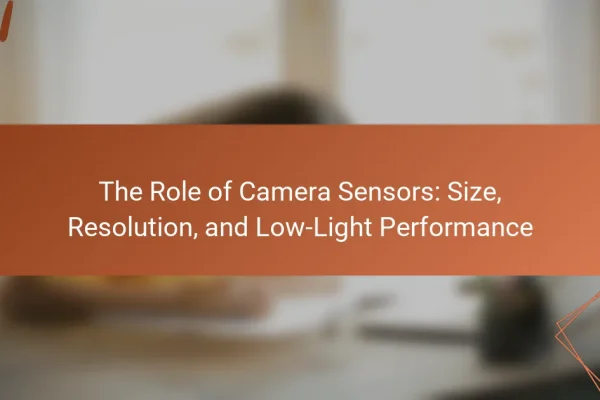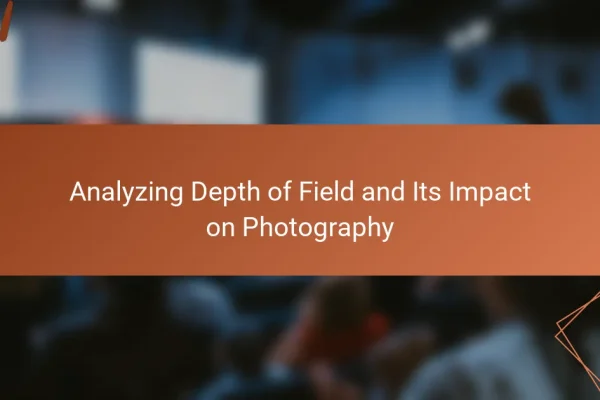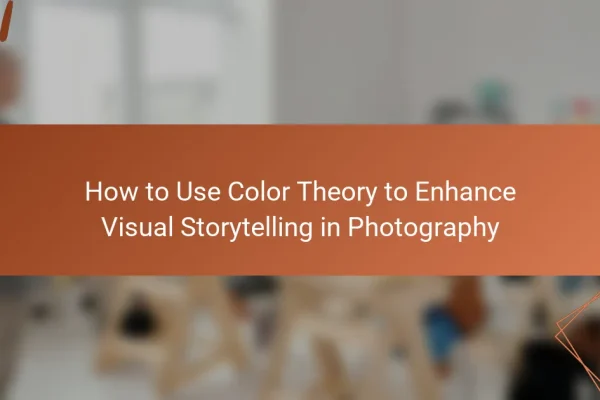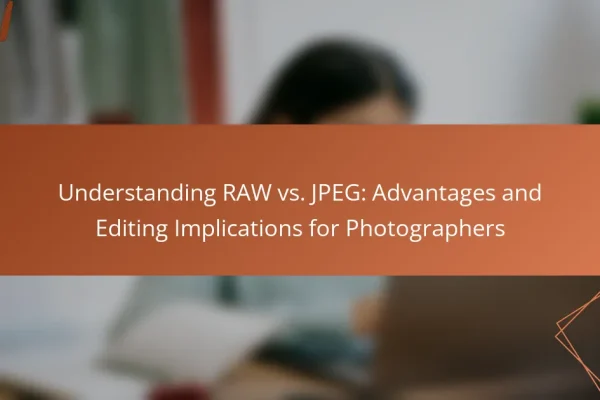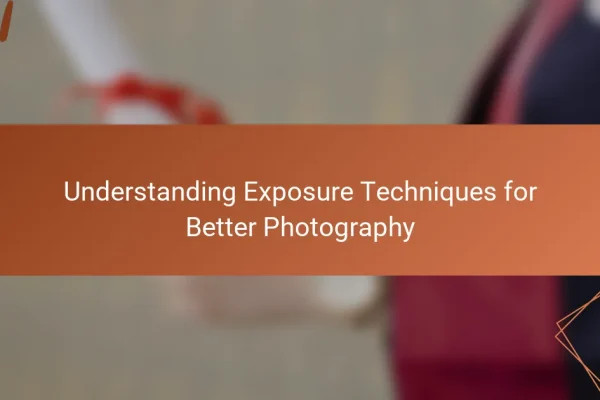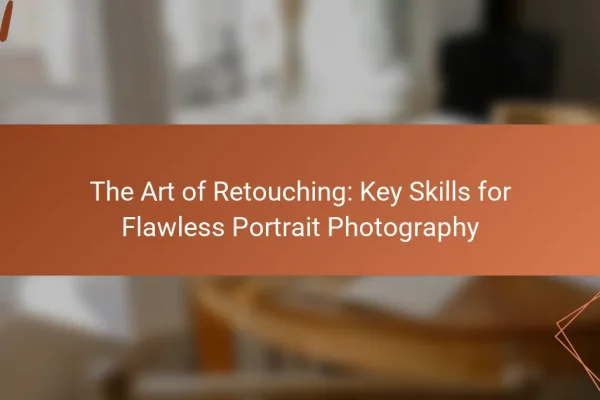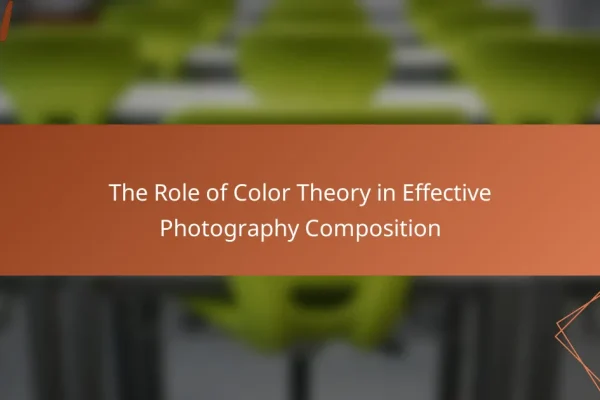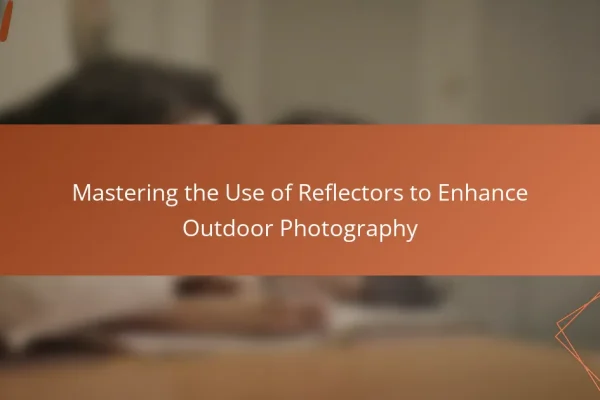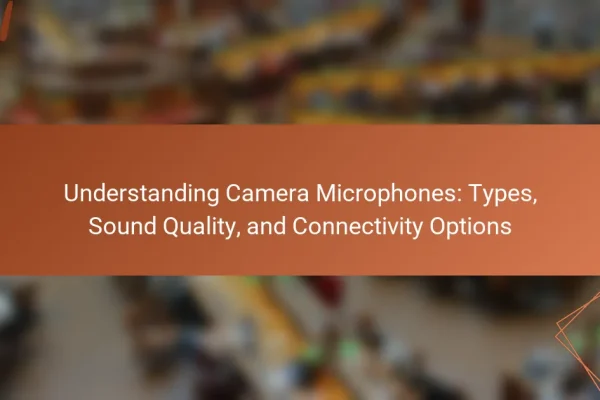
Understanding Camera Microphones: Types, Sound Quality, and Connectivity Options
Camera microphones are specialized audio devices designed to enhance sound quality during video recording. This article explores the various types of camera microphones, including shotgun, lavalier, and handheld options, each tailored for different recording environments and needs. It highlights the importance of high-quality audio in film and video production, emphasizing how clear sound increases viewer…
